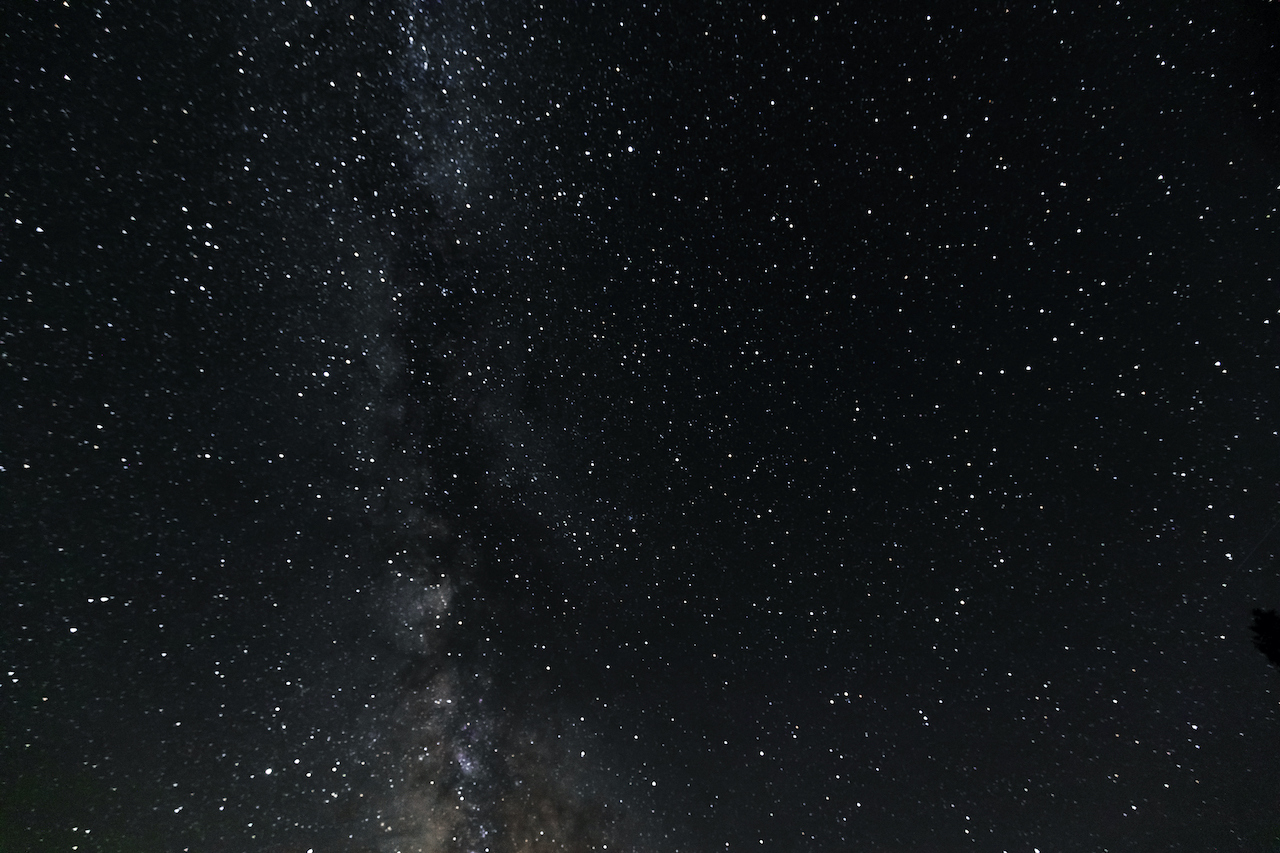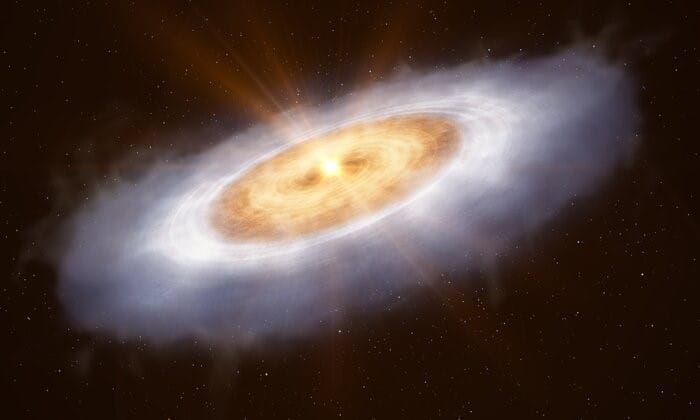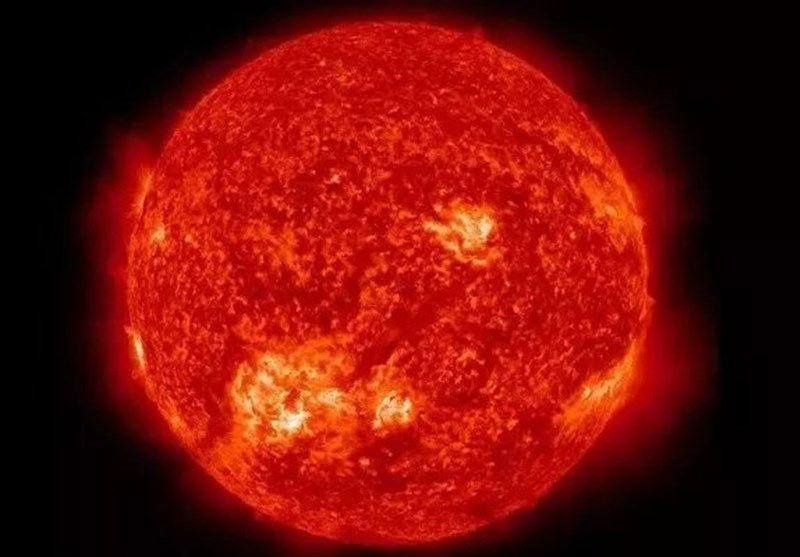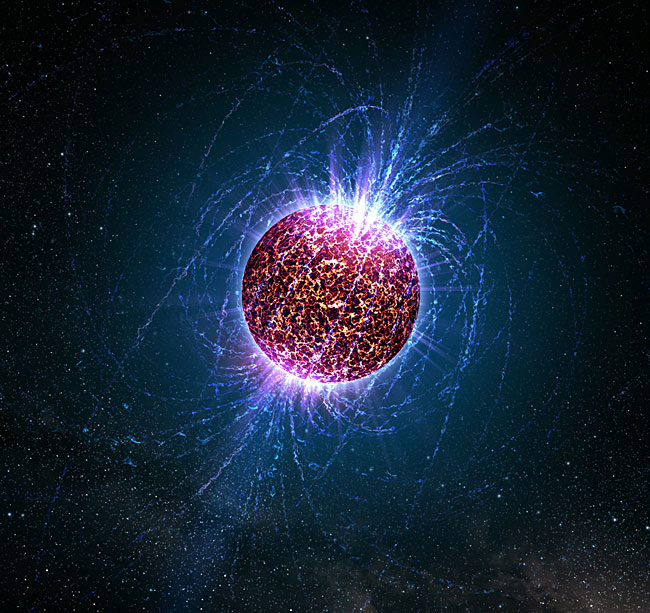Exploring Stellar Evolution in our Diverse Universe
Stars are the building blocks of galaxies and the universe. The age, composition and distribution of stars in the cosmos help to determine pieces of information about the history of the evolution of our universe. They are incredibly useful in creating and distributing heavy elements like carbon, nitrogen, iron and oxygen through nuclear fusion that are then recycled to make up other cosmological bodies like planets.
Introduction of the Formation of Stars
Stars are born within clouds of dust in galaxies such as the Orion Nebula. Then, turbulence and high activity in these clouds results in gas and dust to collapse under its own gravitational attraction. The material at the centre of the cloud begins to heat up and turns into a protostar.
A protostar is the beginning stage of a star bit the core is not hot enough for nuclear fusion to take place. The luminosity of the protostar comes from its heating and it is difficult to observe its light in the visible spectrum since the dust surrounding blocks the emitted light. The cloud continues to collapse, forming a dense core that collects dust and gas. During that, the protostar also builds a strong magnetic field when it starts to rotate that tends to generate protostellar wind which is basically the flow of particles out into the cosmos.
Vocabubbleary: nuclear fusion is the process when 2 protons of an element merge to form a heavier atom like how 2 hydrogen nuclei combine to form one helium atom
The protostar only becomes a main sequence star when the temperature of its core exceeds 10 million K since this is the temperature needed for hydrogen fusion to take place efficiently. This can take from 1 to 100 million years, depending on the mass of the star. This leads us to our discussion on main sequence stars, giant and supergiants, white dwarfs and lastly, neutron stars. This is called stellar evolution that is the way stars changes its composition and structure from the time its formed until it turns into remnants in the universe.
Main Sequence Stars
As we mentioned, a main sequence star is formed when a protostar stars to gain heat to the point when nuclear fusion occurs and makes up about 90% of the stars in the cosmos. Fusion releases energy through the reaction which heats the star and creates more pressure than its own gravitational force, causing it to stop collapsing on itself. This process is known as maintaining hydrostatic equilibrium as seen in the image. The essential trait of a main sequence star is that it fuses hydrogen into helium in its core. Red dwarfs are also main sequence stars, in fact the smallest ones that are able to steadily burn their whole supply hydrogen into helium over trillions of years, but we will not be looking at these in much detail.
These stars can be categorized according to their temperatures as estimated from their spectra (the amount of electromagnetic radiation emitted in different wavelengths). The types of stars are classified depending on their strength of their hydrogen spectral lines. From hot to cool stars, the order of stars is O (bluish), B (bluish-white), A (white), F (yellow-white), G (yellow), K (yellowish-orange) and M (red) where the hotter stars are usually known as early stars and the cooler as late. These can also be categorized as high, medium and low mass stars which determine their next stages in evolution. Higher mass stars fuse hydrogen to helium much faster and this results in higher surface temperatures and luminosities (being bluish and white). Low mass stars fuse hydrogen to helium in their cores much slower, being less hot and being redder in color, including our Sun.
Vocabubbleary: hydrogen spectrum is a line spectrum emitted by an excited hydrogen atom when its electrons jump from 2 energy levels. There are different wavelengths of light that can be emitted.
The Hertzsprung-Russell diagram is used by astronomers to trace the evolution stages of stars, and the graph uses the axes of temperature vs brightness to categorize the stages of stellar evolution.
Giants and Supergiant Stars
When a main sequence star runs out of hydrogen in its core due to nuclear fusion, it starts to collapse since pressure against gravity is no longer created. This results in the core being squeezed which in turn increases its temperature and pressure which causes helium to fuse into carbon. When a main sequence star of high mass runs out of hydrogen in its core, it forms a red supergiant instead. This is similar to a red giant, however, it has a much higher size and of higher luminosity. Our Sun is a low mass star and hence, will become a red giant.
The hydrogen fusion starts to then take place in the star’s outer layers and expand, resulting in a red giant. Its surface temperatures also begins to drop since the energy on the surface becomes dissipated, turning it from yellowish-white to more orange or red. The red giant gradually becomes unstable and violently blowing away particles from its outer layers while expanding. Eventually its outer layers are shedded that creates an expanding cloud of dust and gas called a planetary nebula. Our sun will turn into a red giant in 5 billion years when all the hydrogen in the core is consumed.
Unlike red giants, supergiant stars are massive enough to continue nuclear fusion of helium and therefore, do not force out their atmospheres to turn into a nebula.
When red giants begin to cool down and lose matter steadily through ejection which is very useful in the cosmos. Due to the constant loss of mass, these stars provide a lot of materials like dust and elements that is then used for the formation of newer stars and planets









Comments
Post a Comment